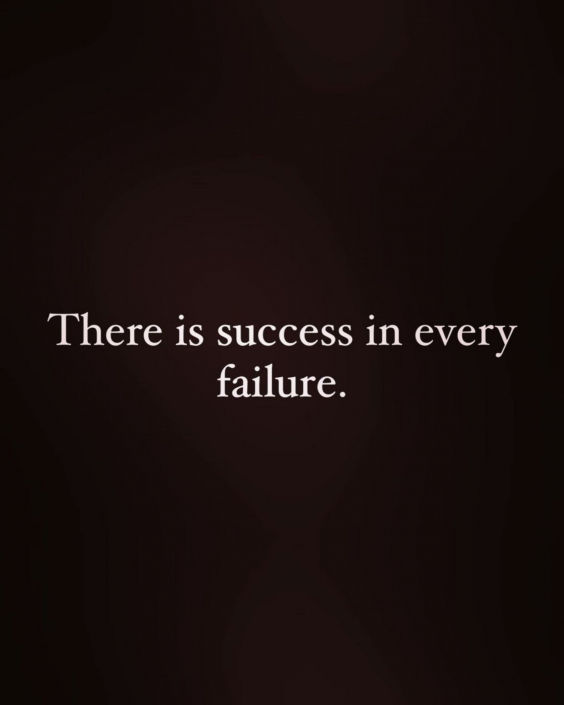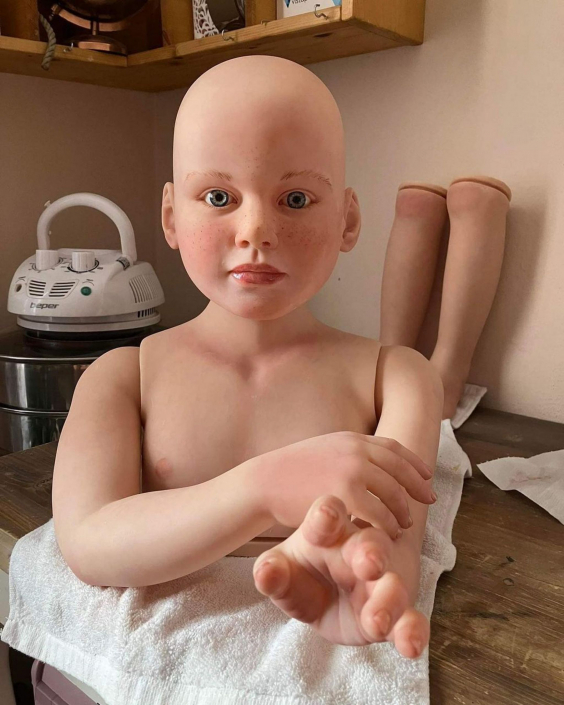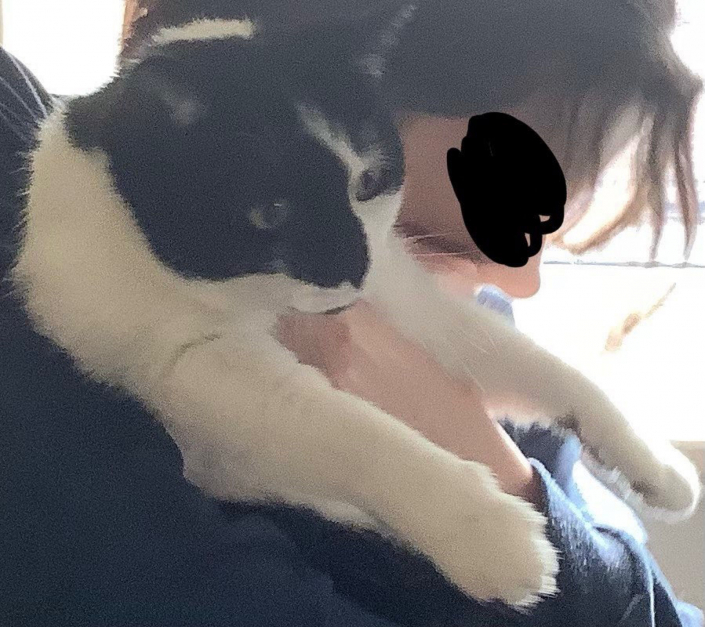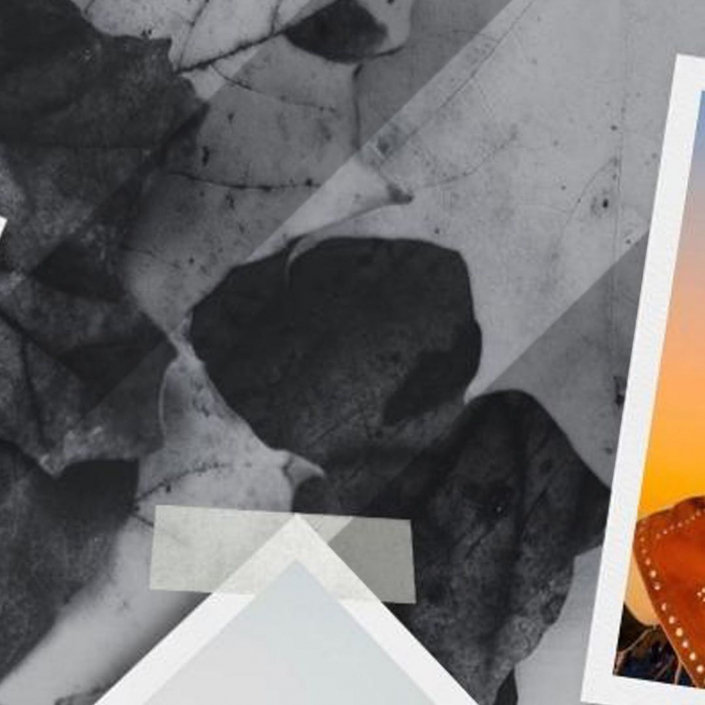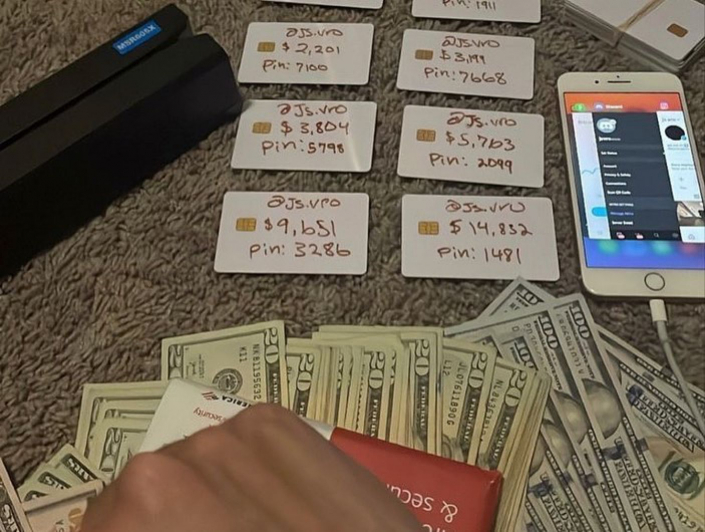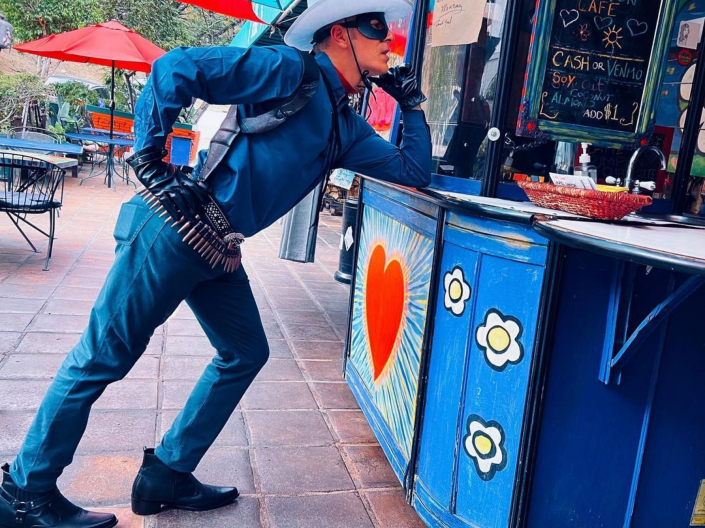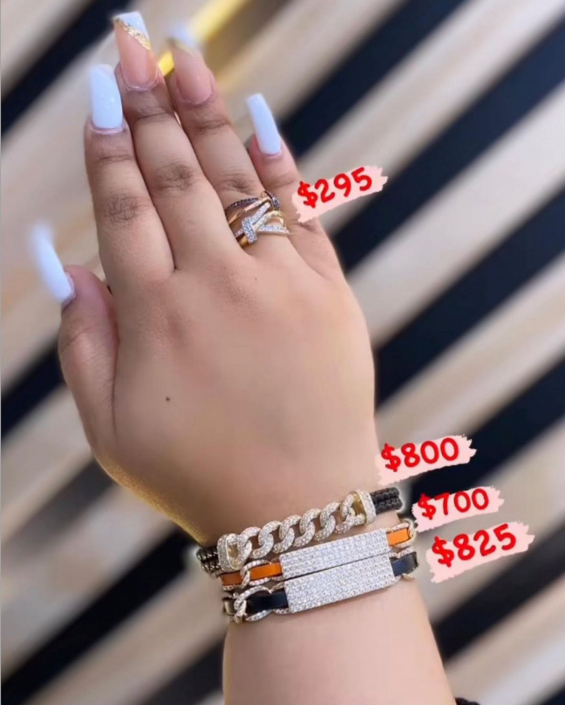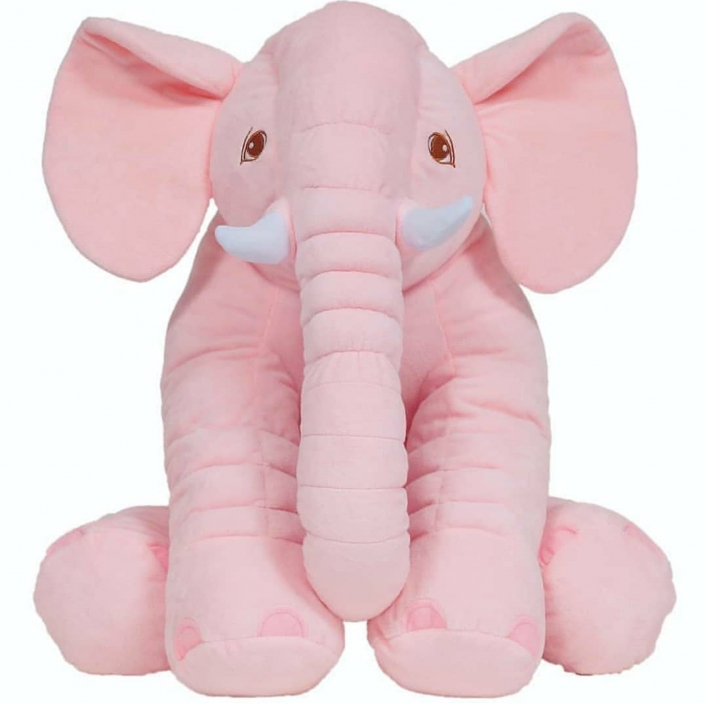Hashtaglove – Fragments, Constellations, Dispositives
2022, work in progress
In her art projects, Susanne Wehr explores visual discourses of private photography. In doing so, she keeps an eye on the social image practices of the past – for example in her works on private photography volksbild 2007–2012 and personal views 2010/11 – as well as those of the present.
Her latest work Hashtaglove draws analytical lines and at the same time represents a striking difference from her previously realized projects by providing a deeper understanding of current image practices on the net and in social media. The Hashtaglove project specifically addresses the discourse that has been established around the currently most used Instagram hashtag worldwide: #love (with actually 2.1 billion tagged photos).
Her artistic research focuses on the photos and moving images that people around the world post on Instagram every day under the hashtag “#love”. Susanne Wehr then selects individual pictures from these posts and compiles them into curated “picture rooms”. Subsequently these picture rooms serve as a pool for a further “processing” of the material into movies whose sound is formed by the comments and captions of the respective posts. In the final step of her project work, the artist will use these movies to create a real exhibition space and thus enabling visitors to experience the permanent global flow.
The selection of the photos for the picture rooms takes place on the one hand from an aesthetic point of view, on the other it is controlled by two central research and question horizons of the artist:
Social photos?
With her selection of pictures and the compositions for individual “picture rooms”, Susanne Wehr asks about the ways in which “social photos” are used and effected, i.e. those photos that are taken and published by users in social media contexts. These photos and the pictural practices associated with them cannot be understood (solely) against the background of conventional, mostly art-science oriented theories of photography. Rather, it is also about a media theoretical perspective: in the pre-social media age, photos, especially amateur photos, often had the main function of capturing memories, which could be used later. In the context of social media, however, this function is gradually being pushed back, superimposed and replaced by another function: “Social photos” today represent an “interface for visual communication” (Edgar Gómez Cruz).
By posting photos of their current experience in real time, Instagram users create a permanent stream of pictures, a kind of “picture noise”. While the individual image fulfils the function of communicating an experience in the here and now in form of a visual message, the viewer becomes an immediate part of these experiences. Media scientist Nathan Jurgenson describes it this way: “As part of a stream, the (social) photo (…) often succeeds as part of an ongoing communication of who you are, what you are experiencing, the simple fact that you exist and are alive doing things.”
In view of this shift in the function of “social photos”, certain issues that play a role in the debate about the relationship between professional and amateur photography need to be looked at from a different perspective. For example, the question of the technical and formal quality: The often lower quality of a social photo can even be beneficial for the communicative function in media such as Instagram by “telling the better story” (Nathan Jurgensen).
The different “picture rooms” that Susanne Wehr creates in the context of Hashtaglove are allowing her and the viewers to find out the ambivalent use of social photos, while also reflecting the constraints and devices that can be associated with the use of Instagram as a medium: Think of the inner compulsions to permanently generate attention and selfmarketing as well as the (“toxic”) reproduction of gender stereotypes and questionable ideals of beauty.
Love as a visual discourse
Susanne Wehrʼs work Hashtaglove aims in a second direction: she also asks about the cultural “patterns” of the “love” discourse of our present and the practices and dispositives that have developed around it. What appears on Instagram under “#love” offers an interesting material field for observing and exploring the discourse on “love” in the societies of our time and the public sphere.
Here, sociological approaches can sharpen the view: As early as 1982, in Love as Passion, Niklas Luhmann described love not as a feeling but as a “communication code according to whose rules one can express, form, simulate, impute to others and deny (…) feelings.” In the present, the Israeli sociologist Eva Illouz, examines in her books Consuming the Romantic Utopia: Love and the Cultural Contradictions of Capitalism (1997) or Unloving: A Sociology of Negative Relations (2018), the extent to which the hardships of our emotional lives are shaped by institutional orders as well as the social and cultural contradictions are – among other things – associated with the concept of “romantic love” and the forms of capitalist socialisation in the present.
Through a constellative compilation and processing of paradigmatic photos of “#love” on Instagram, the project Hashtaglove tries in an experimental approach to make social imperatives, but also the ambivalences and ruptures of the social “love” discourse visible and reflectable.
The artistʼs intention can also be interpreted as a transformative continuation of a research concern of Roland Barthes: With A Loverʼs Discourse: Fragments (1990), Barthes did not want to offer an abstract and meta-linguistically distanced theory about love and its linguistic expressions. In the book, he rather let the “subject” of love – the concrete lover – speak for himself in his own language, directly affected by love. The book therefore refuses a systematic explanation, but challenges the recipients to form their own associations, to build bridges to their own lives and their own use of language and signs in matters of “love”. In a certain analogy to Roland Barthesʼ approach, Hashtaglove could also be described as an attempt to explore the “visual discourse” around “love” not (alone) from a distance, but “from within”: strikingly appearing posted pictures/photos are gathered and located by the artist Susanne Wehr as “Fragments of a visual language of love” in curated picture rooms. Here, they develop their own visual language, detached from the stream of social media, and open up new approaches to the discourse on images and love in the age of social media.
Dr. Rainer Totzke




